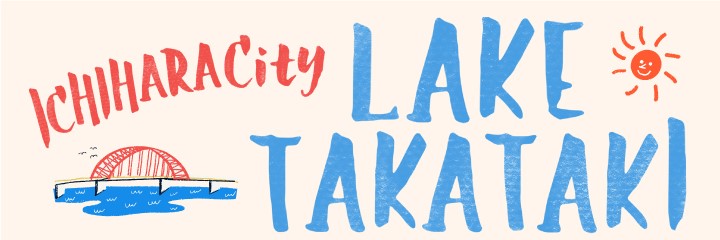About Ichihara Lakeside Museum
Ichihara Lakeside Museum is a museum rich in nature, overlooking Lake Takataki.
The museum was established in 2013 to commemorate the 50th anniversary of the city of Ichihara, due to the renewal of the cultural and tourist facility “Ichihara City Water and Sculpture Hill” which had opened in 1995.
Taking advantage of its excellent location on the shore of Lake Takataki, approximately an hour's drive from Tokyo, the museum aims to serve as “an oasis within the metropolitan area” where visitors can enjoy not only art but also various indoor and outdoor activities.
Engaged in organizing and presenting 1) exhibitions centered on contemporary art, 2) workshops open to local communities and children, 3) community activities that develop outwards, it is a unique museum that plays a central role in "building a foundation for continuous community revitalization by communicating and sharing through art” as promoted by the city of Ichihara.
Designated Administrator
Concept
Ichihara Lakeside Museum organizes exhibitions and events based on five key concepts.
- 1.Projects that consider “ways of perceiving the world.”
- 2.International projects that invite and/or collaborate with overseas artists and cultural facilities
- 3.Projects that attempt to present new art and forms of expression
- 4.Projects that are rooted in the community
- 5.Projects that children can enjoy
Message from the Director
Ichihara Lakeside Museum is a small museum on the shores of an artificial lake in a Satoyama located within Japan’s Boso Peninsula.
The museum engages in its activities with the aim of “firmly grounding itself within the Satoyama, while looking towards the world through a vast and open perspective."
In addition, we hope to operate it as an oasis within the metropolitan area that is rooted in the community where children are able to have fun and embrace new and exciting experiences.
Director Fram Kitagawa
FRAM KITAGAWA
Architecture
Ichihara Lakeside Museum was established in 2013 due to the renewal of the cultural and tourist facility “Ichihara City Water and Sculpture Hill” which had opened in 1995. A renovation proposal composition that was quite rare at the time had been implemented (Chief Judge: Toyo Ito), and the design plan by Kawaguchi Tei Architects was selected from amongst 231 applications.
All the finishing materials of the existing building have been removed to leave only the concrete structure, within which new “art walls” made of steel folded plates are incorporated in an interwoven manner to create a variety of spaces including galleries, a hall, and a lounge. Making optimal use of the building’s unique framework with its navigability due to its original slopes and stairs, the museum enables visitors to cohesively experience a variety of things such as the old and new, works of art and diverse activities, the lake and surrounding lush green environment while seamlessly strolling through the inside and outside of the building.
Renovation Design
Kawaguchi Tei Architects

